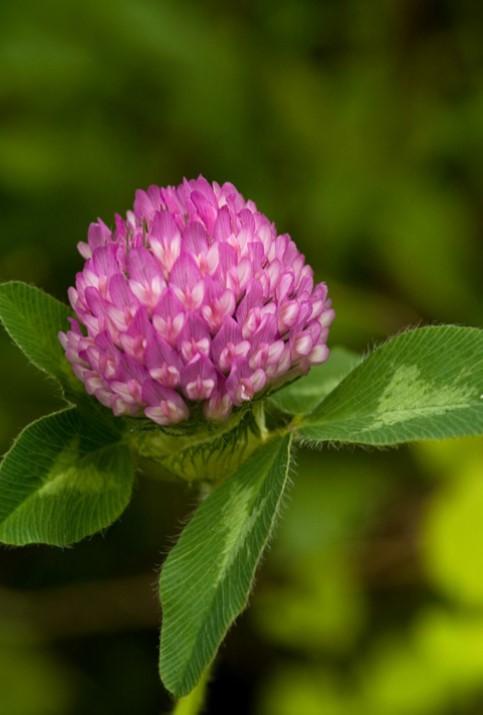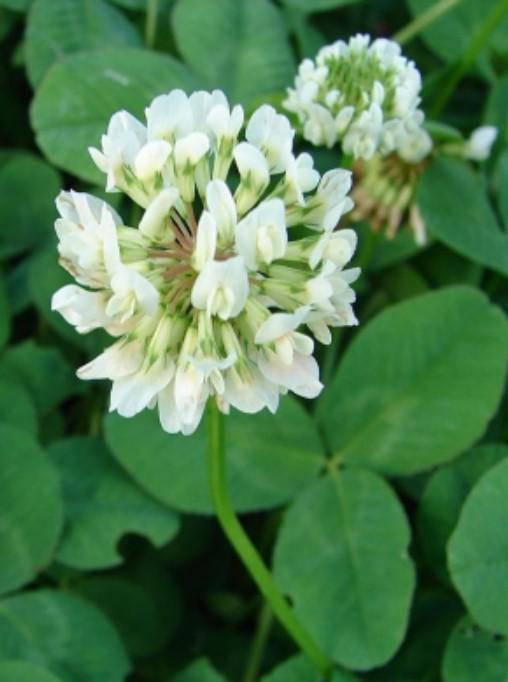Frost Seeding Clover: Just Do It!
By Dr. Chris Teutsch
 Everyone is familiar with Nike’s ad campaign that encourages people to “JUST DO IT.” I am officially adopting this slogan for my 2017 Frost Seeding Campaign. Legumes are an essential part of a strong and healthy nitrogen cycle in grasslands. Listed below are a few steps that we can take that will help to ensure that our frost seedings are successful:
Everyone is familiar with Nike’s ad campaign that encourages people to “JUST DO IT.” I am officially adopting this slogan for my 2017 Frost Seeding Campaign. Legumes are an essential part of a strong and healthy nitrogen cycle in grasslands. Listed below are a few steps that we can take that will help to ensure that our frost seedings are successful:
Control Broadleaf Weeds - This is best accomplished by controlling weeds the season prior to renovation.
Soil Test and Adjust Fertility - In order for pasture renovation to be successful, proper soil fertility is required. Lime should be applied six months prior to renovation if possible.
Suppress Sod and Decrease Residue - The existing sod must be suppressed and plant residue reduced prior to seeding. The reduction in plant residue facilitates good soil-seed contact. This can be accomplished by hard grazing in late fall and early winter.
Ensure Good Soil-Seed Contact - Regardless of what seeding method is chosen, good soil-seed contact is required for seed germination and emergence.
Seed on Proper Date - Frost seeding legumes back into pastures is best accomplished in late winter to early spring (between February 1 and March 10). Frost seeding is accomplished by simply broadcasting the seed on the soil surface and allowing the freezing and thawing cycles to incorporate the seed into the soil. After March 1, drilling legumes into pastures with a no-till seeder is recommend since there may not be enough freezing and thawing cycles to adequately incorporate seed. Prior planning and preparation are important so that seeding can be done in a timely manner.
 Use High-Quality Seed of an Adapted Species - Use either certified or proprietary seed to ensure high germination, seed genetics, and low noxious weed content. In Kentucky, a good mixture for renovating pastures is to incorporate 6-8 lbs red clover, or 1-2 lbs of ladino white clover. In low pH and fertility soils, the addition of 10-15 lbs of annual lespedeza per acre can improve soils.
Use High-Quality Seed of an Adapted Species - Use either certified or proprietary seed to ensure high germination, seed genetics, and low noxious weed content. In Kentucky, a good mixture for renovating pastures is to incorporate 6-8 lbs red clover, or 1-2 lbs of ladino white clover. In low pH and fertility soils, the addition of 10-15 lbs of annual lespedeza per acre can improve soils.
Use Correct Seeding Rate - Calibrate your seeder prior to planting (see instructions on calibrating forage seeding equipment below). Seeding at too high of a rate needlessly results in higher seed costs. On the other hand, seeding at too low a rate results in weak stands and lower productivity.
Inoculate Legume Seed - This is relatively inexpensive insurance that legume roots will be well nodulated and efficient nitrogen fixation will take place.
Control Seeding Depth - Small seeded forages should never be placed deeper than ½ inch. Placing small seeded forages too deep will result in stand failures.
Check Seed Distribution Pattern - When using a spinner type spreader/seeder, make sure to check your spreading pattern. Single disk spinners often throw more seed to one side if not correctly adjusted.
Control Post-Seeding Competition - Clip or graze the existing vegetation to a height just above the developing seedlings. This must be done in a timely manner to ensure that the competing vegetation does not get ahead of the seedlings.
For more information on frost seeding, contact your local extension agent or visit Kentucky Forages.
Categories:
Winter
Establishment/Renovation


